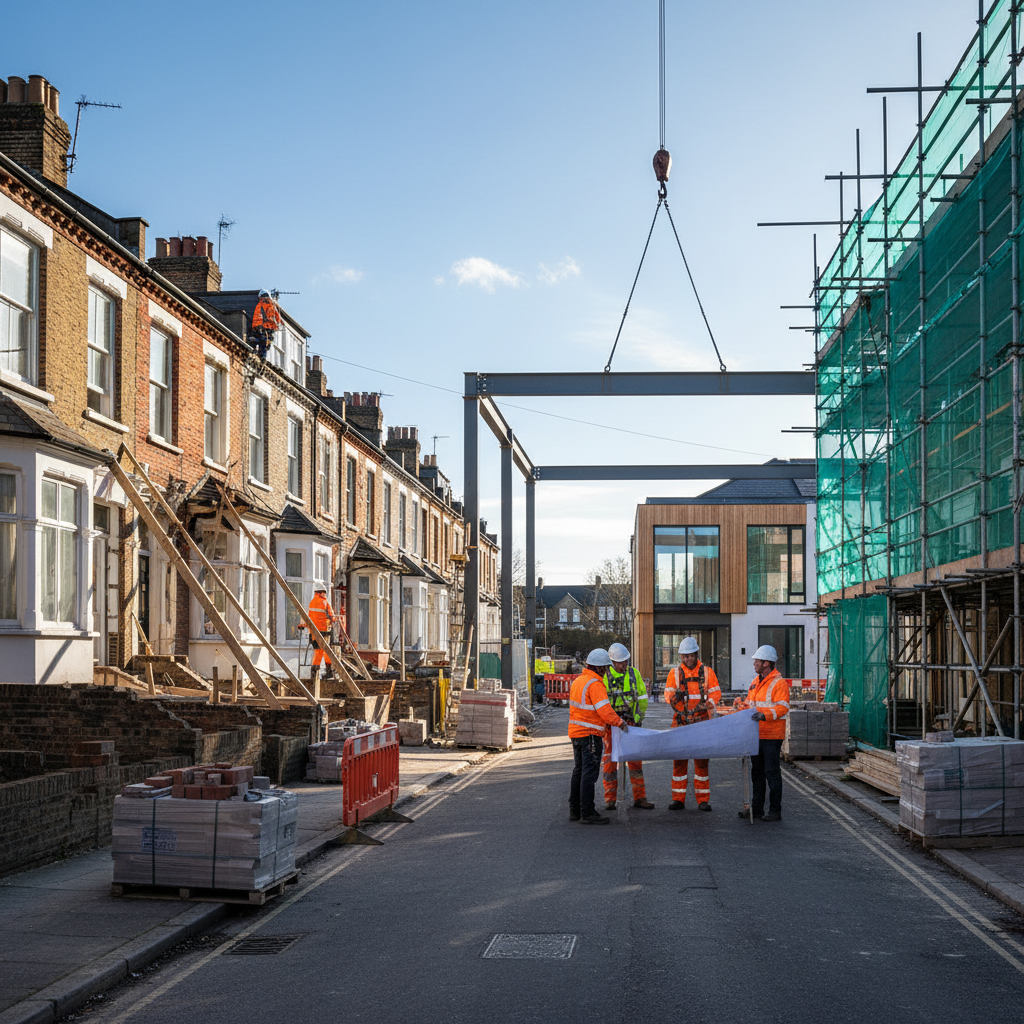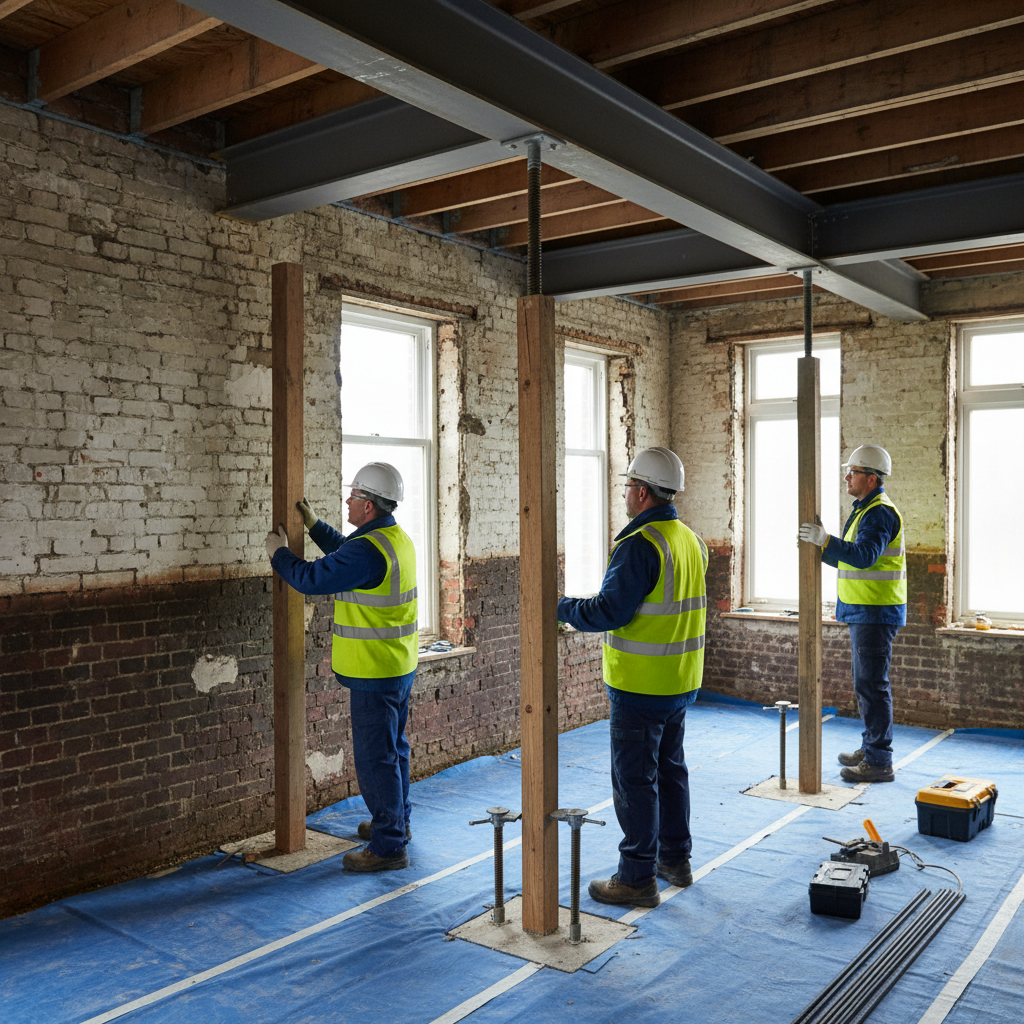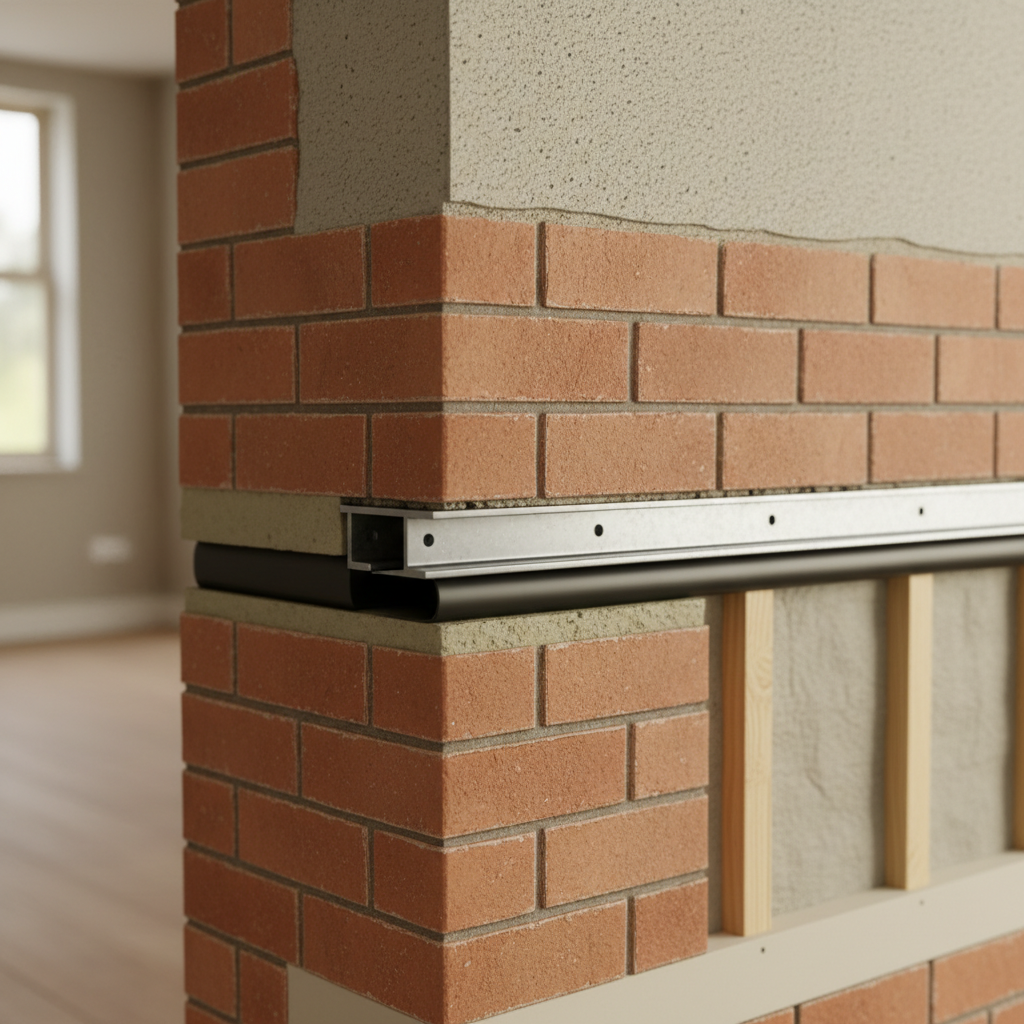
Engineering for Disaster Recovery: How Structures Are Rebuilt After Catastrophes
In the aftermath of natural disasters, structural engineers play a crucial role in assessing damage and planning the reconstruction of homes and infrastructure. The process of rebuilding after catastrophes involves specialized engineering approaches that focus on both immediate safety and long-term resilience.
Key Highlights
Here are the essential aspects of post-disaster structural engineering:
- Post-disaster assessment protocols evaluate structural integrity through systematic inspection methods
- Rebuilding strategies often incorporate improved resilience features to prevent similar failures
- Modern forensic engineering techniques help identify precise failure mechanisms
- Temporary stabilization measures are critical during the transition to permanent reconstruction
- Multi-hazard approaches ensure structures can withstand diverse future threats
Initial Damage Assessment Process

The first phase of post-disaster reconstruction begins with a systematic damage assessment carried out by qualified structural engineers. Using a combination of visual inspection, non-destructive testing, and documentation, engineers classify buildings according to their damage level and safety status. According to the Institution of Structural Engineers’ Post-Disaster Protocols, structures are typically categorized using a color-coded system: green (safe for occupancy), yellow (restricted use), or red (unsafe, possible demolition required). This initial evaluation forms the foundation for all subsequent recovery decisions and helps prioritize resources where they’re most needed.
Stabilization and Safety Measures
Before full reconstruction can begin, engineers must implement temporary stabilization techniques to prevent further collapse and ensure safety for assessment teams. These measures often include installing structural props, temporary bracing systems, and protective barriers around compromised buildings. For buildings with significant damage but potential for repair, engineers design custom shoring solutions that distribute loads away from damaged components. The Institution of Civil Engineers notes that this transitional phase is crucial, as improper stabilization can lead to secondary collapses during the assessment process or early reconstruction efforts.
Engineering Forensics and Failure Analysis

Understanding precisely why structures failed during a disaster is essential for informed rebuilding. Forensic engineering investigations analyze material samples, structural components, and failure patterns to determine exact collapse mechanisms. Engineers collect evidence through site documentation, material testing, and sometimes computer modeling to recreate the sequence of failure. These investigations frequently reveal that cascading failures occurred due to specific vulnerabilities that could have been prevented through different design approaches or construction methods. The findings from forensic analysis directly inform both immediate reconstruction plans and updates to building codes to prevent similar failures in future disasters.
Designing for Multi-Hazard Resilience
When rebuilding after catastrophes, modern structural engineering incorporates multi-hazard resilience principles rather than focusing solely on the disaster type that caused the initial damage. For example, buildings in earthquake zones are now commonly designed with both seismic resilience and wind resistance in mind, while coastal structures incorporate flood protection alongside hurricane-resistant features. According to research from the UK’s Building Research Establishment, this integrated approach provides significantly better protection against the variety of threats that may affect a structure throughout its lifespan. The additional construction costs for these resilient designs typically represent only 3-7% of total building costs but can reduce future damage by up to 75%.
Rebuilding with Improved Standards

Post-disaster reconstruction provides a unique opportunity to implement improved building standards that exceed pre-disaster requirements. Engineers typically specify stronger connections between structural elements, enhanced foundation systems, and more redundancy in critical load paths. In flood-prone regions, for instance, reconstructed buildings might incorporate elevated foundations, water-resistant materials, and strategic placement of electrical systems, as outlined in the flood-resilient design strategies that have proven effective in reducing vulnerability. The reconstruction phase also often introduces modern performance-based design approaches that consider both life safety and functionality preservation during future events.
Community-Based Reconstruction Approaches
Successful disaster recovery increasingly relies on community engagement throughout the reconstruction process. Engineers now regularly work with local stakeholders to develop culturally appropriate solutions that address specific community needs while enhancing structural resilience. This collaborative approach helps ensure that rebuilt structures not only meet technical standards but also serve social requirements and cultural preferences. Studies from disaster recovery projects worldwide have shown that community-involved rebuilding leads to higher satisfaction, better maintenance, and more sustainable outcomes. When engineering solutions align with community values, the rebuilt environment better supports the social recovery that must accompany physical reconstruction.
Conclusion
The process of rebuilding structures after disasters represents a complex engineering challenge that balances immediate safety needs with long-term resilience goals. By combining forensic investigation with forward-looking design approaches, structural engineers transform catastrophe into an opportunity for creating safer, more resilient built environments. The lessons learned from each disaster recovery project contribute to evolving engineering practices that better protect communities from the impacts of future events.
Sources
Institution of Structural Engineers: Post-Disaster Building Safety Evaluation
Institution of Civil Engineers: Post-Disaster Recovery Guidelines
Building Research Establishment: Multi-Hazard Design Approaches
United Nations Office for Disaster Risk Reduction: Build Back Better Guidelines
Related Articles:
Designing for Climate Resilience
